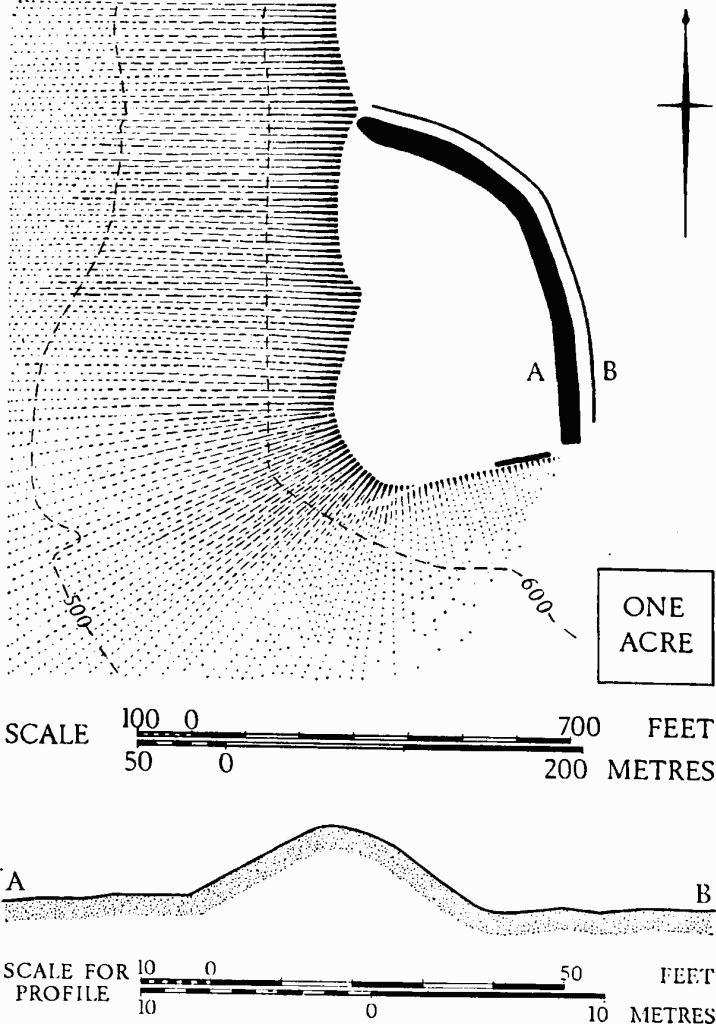Ancient and Historical Monuments in the County of Gloucester Iron Age and Romano-British Monuments in the Gloucestershire Cotswolds. Originally published by Her Majesty's Stationery Office, London, 1976.
This free content was digitised by double rekeying. All rights reserved.
'Horton', in Ancient and Historical Monuments in the County of Gloucester Iron Age and Romano-British Monuments in the Gloucestershire Cotswolds(London, 1976), British History Online https://prod.british-history.ac.uk/rchme/ancient-glos/pp65-66 [accessed 16 April 2025].
'Horton', in Ancient and Historical Monuments in the County of Gloucester Iron Age and Romano-British Monuments in the Gloucestershire Cotswolds(London, 1976), British History Online, accessed April 16, 2025, https://prod.british-history.ac.uk/rchme/ancient-glos/pp65-66.
"Horton". Ancient and Historical Monuments in the County of Gloucester Iron Age and Romano-British Monuments in the Gloucestershire Cotswolds. (London, 1976), British History Online. Web. 16 April 2025. https://prod.british-history.ac.uk/rchme/ancient-glos/pp65-66.
HORTON
(19 miles S.W. of Cirencester)

Horton. (1) 'The Castles' hill-fort. Plan and profile.
(1) 'The Castles' (fn. 1) Hill-fort (ST 764844), univallate, unexcavated, encloses just under 5 acres on a spur of the main escarpment, ½ mile E. of Horton village and 1 mile N. of Sodbury. The N. and E. sides of the enclosure are defined by a rampart 40 ft. wide and 10 ft. high (Plate 35); an outer ditch is traceable as a band of dark, stoneless ploughsoil about 25 ft. wide. To the W. of the S.E. corner a slight bank, 100 ft. long, is set upon the scarp edge; elsewhere the interior is delimited by natural scarps. The original entrance from the plateau was probably at the S.E. corner; a second entrance, 300 ft. to the W. and affording approach from lower ground, may be represented by a hollow-way which has been partly obliterated by strip lynchets.

Monuments in Horton and Sodbury.
Fire-reddened limestone, noted by Lloyd Baker, is exposed in the outer face of the rampart, midway along its length.
Lloyd Baker (1821), 165, No. 12. Playne (1876), 219, No. 40. Witts (1883), 27, No. 54.
C.U.A.P., OAP AIP 3.